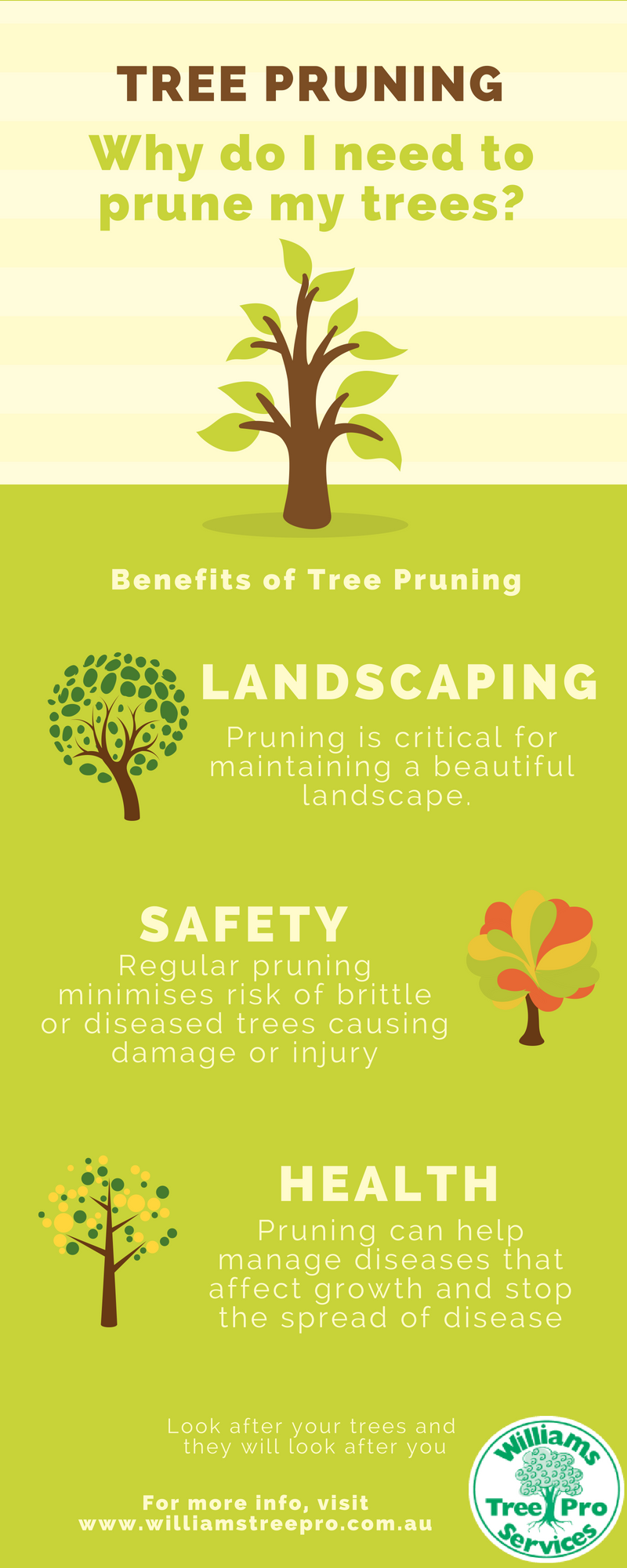Post-Tree Elimination Treatment Plays A Considerable Function In Landscape Restoration; Discover Vital Steps To Improve Your Environments And Minimize Future Problems
Post-Tree Elimination Treatment Plays A Considerable Function In Landscape Restoration; Discover Vital Steps To Improve Your Environments And Minimize Future Problems
Blog Article
Web Content Writer-Franks Cho
After a tree's removal, your landscape may look rather different, and it's vital to analyze the aftermath meticulously. You'll wish to evaluate the soil disruption and check surrounding plants for any type of indications of stress and anxiety. Disregarding these variables can result in larger issues down the line. So, what should your domain name finish with those stumps and roots? And how do you choose the most effective plants for your revitalized space? Let's discover these essential actions.
Assessing the Aftermath: Examining Your Landscape
After a tree removal, it's important to assess your landscape to comprehend the effect it has on your backyard.
Start by examining the area where the tree stood. Seek indicators of soil disruption, and examine the surrounding plants for any type of stress or damages.
You ought to also take note of just how the removal has actually transformed sunshine direct exposure and airflow in your yard. This shift can affect the development of close-by plants, so it's vital to assess their wellness.
Take into consideration the aesthetic facets also; the elimination may create an open space that you can redesign.
Finally, think about any prospective erosion problems that might develop from the tree's lack. Attending to these elements early will help restore equilibrium to your landscape.
Dealing With Stumps and Roots: Options for Removal
When you have actually assessed the after-effects of the tree elimination, you'll likely need to deal with the stump and origins left.
You have a few options for elimination. One effective method is stump grinding, where an expert uses a maker to grind the stump down to underground level. This technique leaves marginal disruption to your landscape.
If you choose a do it yourself method, you can utilize a mix of excavating and chemical stump cleaners. Simply keep in When To Trim Trees , this procedure can take some time and initiative.
Alternatively, consider leaving the stump as an all-natural feature, which can work as an unique garden component or environment for wildlife.
Whatever you pick, resolving the stump and origins is vital for recovering your landscape.
Choosing the Right Plants for Your New Room
As you examine your freshly cleared room, selecting the right plants can dramatically improve your landscape's charm and performance.
Start by considering the sunshine and soil problems. For warm areas, select drought-resistant plants like lavender or succulents. In shaded spots, brushes and hostas flourish well.
Think of the dimension and development habits of your plants; mix perennials and annuals for seasonal variety. Don't forget to incorporate native species; they need much less upkeep and support regional wild animals.
Group plants in odd numbers for a much more natural appearance and develop layers for aesthetic deepness.
Lastly, ensure you have a mix of shades and structures to maintain your landscape lively throughout the seasons.
Happy growing!
Final thought
To conclude, restoring your landscape after tree elimination is a rewarding process. By analyzing the after-effects, dealing with stumps and origins, and selecting the right plants, you'll create a flourishing atmosphere. Don't fail to remember to integrate disintegration control measures to protect your soil. With a little initiative and care, you can change your space into a vivid yard that enhances your home. Welcome the chance to revitalize your landscape and appreciate the charm of nature right in your backyard!
